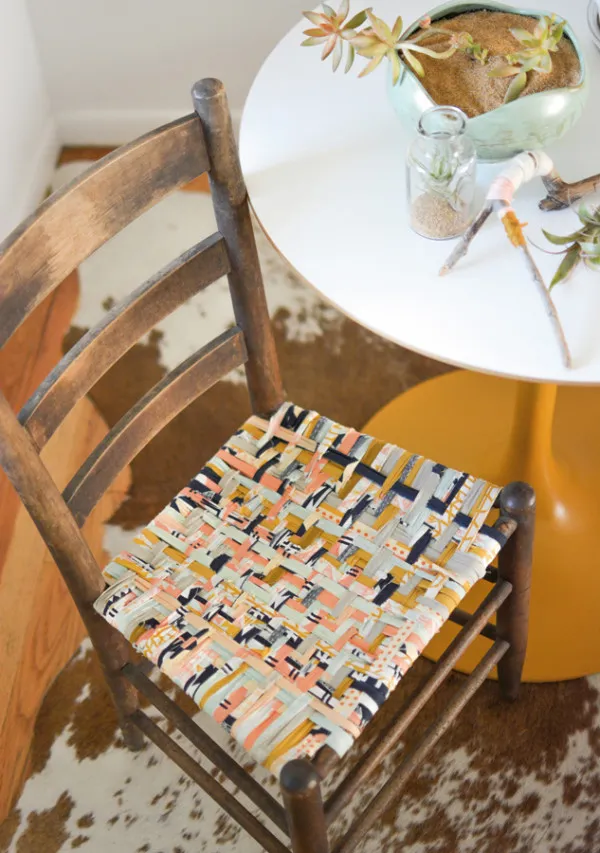Artist and maker Natalie Novak of Combed Thunder shares her top weaving tips and takes us through the anatomy of a weaving loom IG-style. Once you've mastered all the looms working head to our how to weave and DIY loom tutorial.
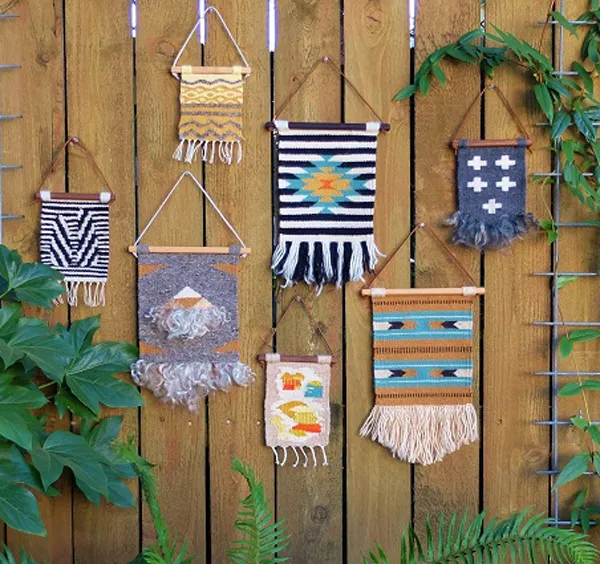
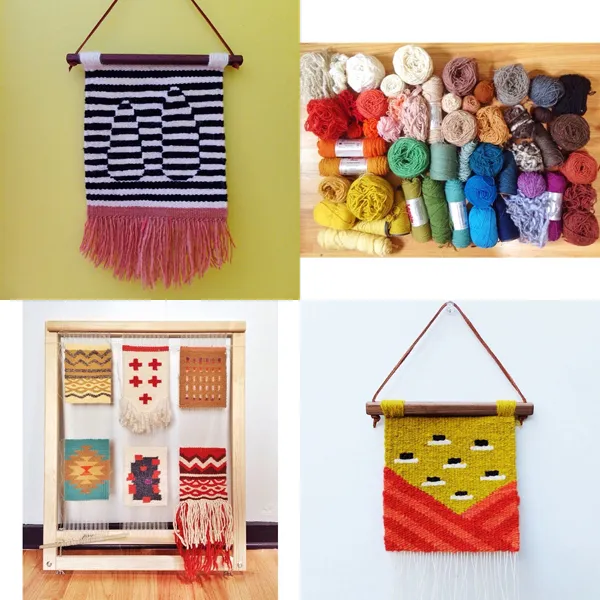
Images © Combed Thunder
Natalie's artistic background began with a paint brush when she was just 6, but in 2012 she picked up the shuttles to create beautiful tapestries. "Under the instruction of Audrey Moore and Terry Olson she has had the great opportunity to study both Navajo style weaving and contemporary tapestry techniques." The beautiful results can be seen in her Etsy shop while Natalie shares her work in progress on Instagram under @combedthunder. Whether painting or weaving, Natalie starts with her love of colour and the rest is magic and hard work.
Here's a look at the Anatomy of a Weaving Loom by Natalie:
My weaving style is a hybrid of the way my two teachers weave. One weaves on a Navajo style loom and the other weaves pretty straight western tapestry style. So my setup is my own invention that combines the two worlds.
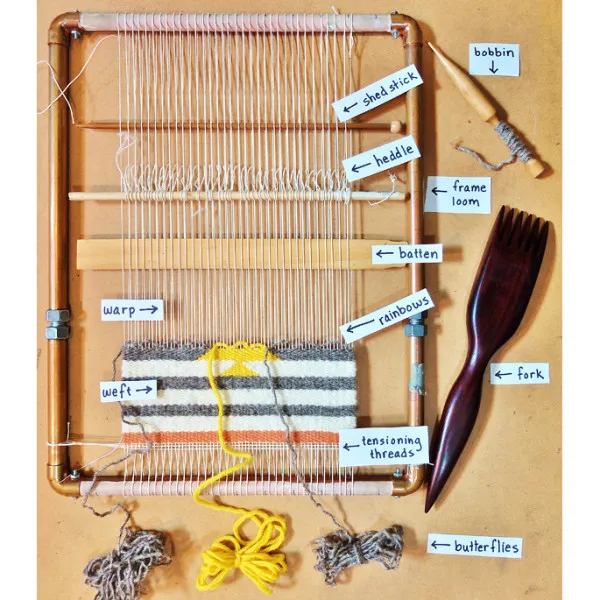
Anatomy of Weaving Loom
Bobbin
Used to Usually slots into a shuttle which is passed back and forth through the warp by hand.
Shed stick
The shedding stick is used to separate the upper and lower warp yarns through which the weft is woven.
Heddle
A tool used to separate alternating warp threads creating a shed.
Frame loom
A simple loom used for weaving.
Batten
Used to push the weft yarn into place.
Warp
Set of vertical yarns that make up the foundation of the tapestry.
Rainbows
"The way I learned to weave, you make 'rainbows' with the weft yarn so there is enough to cover the warp. If there isn't enough weft the weaving starts to get skinnier as you get further along. "
Fork
The fork is a tool used to push the wefts together once you've woven them across the warp.
Weft
The thread of yarn on the shuttle or bobbin which is drawn through the warp yarns to create a tapestry.
Tensioning threads
The tensioning threads help keep the warp threads nice and tight which helps keep your weaving straight.
Butterflies
"'Butterflies' are the little bundles of weft yarn you weave with. Other types of weavings use bobbins or shuttles, but they all serve the same purpose."
Now you've got to know the loom you need to learn the techniques! Head to our weaving techniques guide and learn all you need to know.
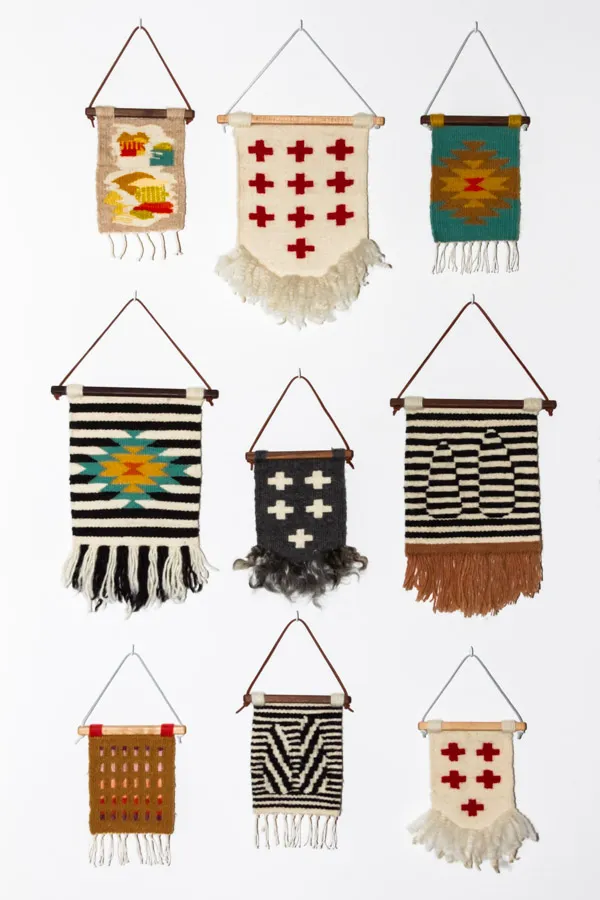
Top weaving tips
1. Have patience! Weaving is a slow art so give yourself plenty of time to learn and enjoy it.
2. There is no wrong way to weave, whatever gets the job done is the best way to do it.
3. Weave with a friend! You can learn so much weaving with other people as everybody does things differently.
4. Be original. Your best weaving will come from the heart; it really shows when you love what you do.
Want to put your weaving skills to the test? Want to show off your weaving loom knowledge? Make our weaving bookmarks and use your new creation every day.
